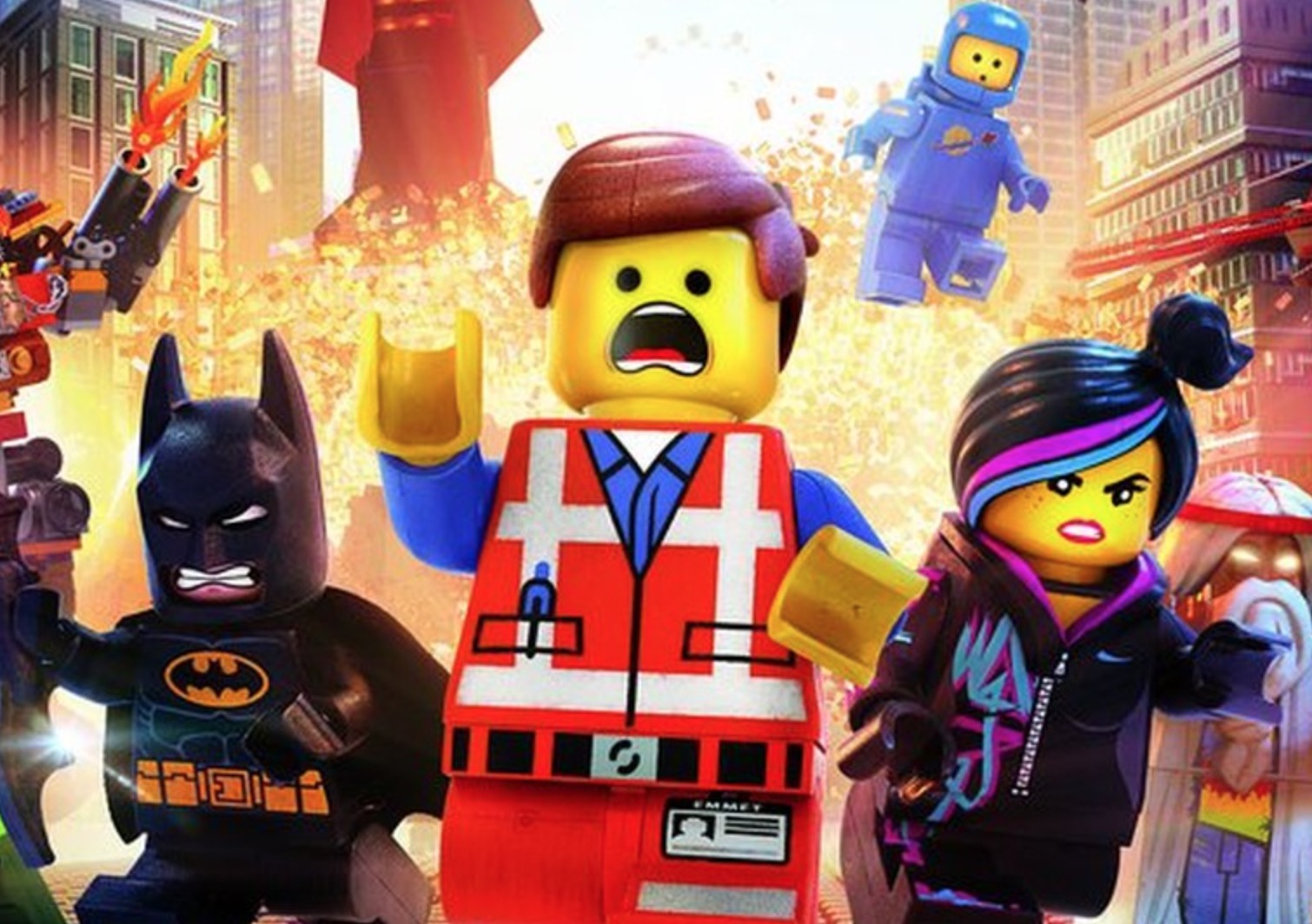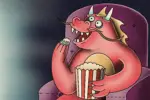You can never be too old for Legos. Period. Enjoyed by audiences and critics alike, “The Lego Movie 2: The Second Part” is the fun, obligatory sequel to a highly successful franchise that is entertaining no matter how old you are.
Springboarding off the first movie’s refreshing combo of action-packed slapstick humor (for the kiddos), memeable pop-culture references (for the teens) and meta humor (for the parents who have to drive the aforementioned kiddos), the “The Lego Movie 2: The Second Part” is a chaotic masterpiece with a message that is not only heartfelt but shockingly relevant to young people today.
The film begins just moments after the first “The Lego Movie” ends, with the perceived invasion of Lego Duplo pieces on the recently liberated city of Bricksville. They seem cute at first, with their giggles and pastel color palette, but end up being deadlier than they appear. The movie makes a hard cut five years later when everything is definitely not awesome.
Due to constant Duplo attacks, the upbeat, colorful, tween-pop world of Bricksville has turned into a “Mad Max”-inspired, post-apocalyptic wasteland, named Apocalypseburg. Emmet isn’t fazed by the change in his hometown. He even builds a cute little home for him and Wyldstyle (aka Lucy) to live in together, complete with a bunk bed porch swing. When his house attracts yet another attack from the Duplo leader, General Sweet Mayhem, Lucy tells Emmet she wishes he would grow up so he can properly face the real world.
General Mayhem requires hostages for an important ceremony back home. She then kidnaps Lucy, among others, and rockets them away to the distant and sparkly Systar System. Emmet must become the hero once again to save his friends.
On reading the synopsis of “The Lego Movie 2: The Second Part,” I’m aware of how ridiculous the movie sounds. But the childlike humor is palatable thanks to the style of delivery (you can’t help but love meta humor and the blatant self-awareness of the movie’s own absurdity) and the countless pop culture references, Easter eggs and cameos that are sure to keep any millennial or iGeneration kid happy.
The following list includes my five favorite Easter eggs from the film, though there are many more:
1. “DC vs. Marvel”
The Justice League assembles to help Emmet’s friends, with Aquaman being reimagined to match the 2018 live-action remake starring Jason Momoa, who also voices the character.
When they don’t return, Emmet laments the fact that Marvel still isn’t returning his calls (bringing attention to the fact that there are no Marvel Legos in the movie).
2. Iconic Chris Pratt mashup
Emmet’s spaceship is saved from being crushed by an asteroid by none other than Rex Dangervest, a space-traveling, galaxy-defending, cowboy archaeologist raptor-trainer, also voiced by Pratt.
It becomes quickly apparent that Rex is just a mashup of all of Pratt’s well-known characters. His spaceship-flying-mixtape-playing habits are a nod to Peter Quill/Starlord from Marvel’s “Guardians of the Galaxy.” His well-trained raptors are a reference to Owen Grady from “Jurassic World” and his appearance in “The Magnificent Seven” is also hinted at.
3. All the “Batman” movies
Queen Watevra Wa-Nabi, the amorphous leader of the Systar System who is voiced by Tiffany Haddish, uses the power of reverse psychology and a catchy tune to trick Batman into agreeing to marry her.
During their musical number, he references every live-action Batman, from Adam West to Ben Affleck.
4. Top-notch ladies
Velma from “Scooby-Doo,” Harley Quinn from “Suicide Squad,” WNBA legend Sheryl Swoopes and Supreme Court Justice Ruth Bader Ginsburg all make brief cameos.
5. Time travel to the max
When Rex tells Emmet how he builds his spaceship that takes him back in time to change the future (oh yeah, time travel is also a thing in the movie), he snags parts from several classic time machines. You catch glimpses of the TARDIS from “Doctor Who,” the DeLorean from “Back to the Future,” the magic telephone booth from “Bill and Ted” and the Hot Tub from “Hot Tub Time Machine.”
Everything has sounded pretty awesome up until now. Who doesn’t love a good pop-culture Easter egg? The movie takes a darker turn, however, when Emmet decides he needs to grow up and harden his heart to better handle the real world’s problems. There’s no time for fun and games when you’re a grown-up and the fate of the world is at stake.
The idea of growing up and leaving childhood behind is doubled in the conflict of live-action siblings Finn and his younger sister Bianca. Bianca just wants to play with her older brother, but he wants nothing to do with his sister or her Legos. He’s too grown up for that. Because Finn can’t play nice, the siblings are forced to put their Legos in storage, fulfilling the mysterious prophecy of Armamageddon and the end of the Lego universe.
Of course, Emmet eventually learns that his childlike wonder and joyful approach to life are his superpowers. Creativity and friendship prevail, and the good guys win through the power of song.
And yet, despite the cheesy and redundant message of working together to make life better, the “The Lego Movie 2: The Second Part” makes a surprising twist in its last song: “Everything’s Not Awesome.” It accepts that it’s okay to not always be okay, and that you shouldn’t expect life to be perfect.
The song is a recognition of a reality that everyone faces. No, things can’t be awesome all the time: “It’s not realistic expectation / But that doesn’t mean we shouldn’t try / To make everything awesome / In a less likely, unrealistic kind of way / We should maybe aim for not bad / ‘Cause not bad, well that would be real great / Everything is better when we stick together.”
This is a message that is especially relevant for college students. In a culture where the pressure is on to not only be successful but Instagramable at the same time, there is little to no room for acknowledgement of personal failures, uncertainties or fears. You have to take the hardest classes and get the best grades, all while maintaining your flourishing social life.
While the movie’s target audience is 8-to-10-year-olds, the message that everything doesn’t have to be awesome all the time rings true no matter how old you are. As long as you surround yourself with loved ones (no matter how quirky they may be) and challenge yourself to open your heart, you too can stick out the bad times, even when Armamageddon threatens you with the Bin of Storáge.
















